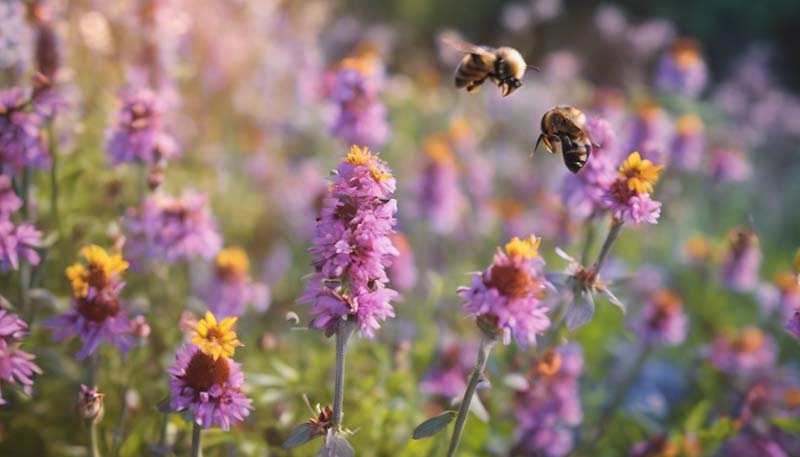Seasonal Flowers for Bees and Butterflies: A Pollinator's Paradise
Arrangements | 2024-05-13
Seasonal Flowers for Bees and Butterflies: A Pollinator's Paradise
Welcome to the world of pollinator-friendly gardens. In this article, we will explore the best seasonal flowers to attract bees and butterflies to your garden, creating a paradise for these essential creatures.
Introduction
Pollinators play a crucial role in our ecosystem. They are responsible for the fertilization of over 75% of the world's flowering plants, which in turn provide the food sources for other wildlife. Without bees and butterflies, our food supply would be significantly diminished. Therefore, it's essential to provide them with a habitat that meets their needs throughout the different seasons.
Spring Blooms
Spring is a time of awakening for pollinators and plants alike. As the weather warms, bees and butterflies emerge from their winter dormancy, seeking nourishment from early blooming flowers.
-
Tulips
Tulips are not only beautiful but also provide an early source of nectar for bees. Plant them in well-drained soil and enjoy their vibrant colors in early spring.
Advertisement
Summer Showstoppers
Summer is the peak season for pollinator activity. With longer days and warmer temperatures, a variety of flowers are in bloom, providing a feast for bees and butterflies.
-
Sunflowers
Known for their height and large blooms, sunflowers are a favorite among bees and butterflies. They produce abundant nectar and pollen, making them a must-have for any pollinator garden.
Autumn Treasures
As the season turns to autumn, the number of flowers begins to dwindle. However, there are still plenty of options to keep pollinators well-fed as they prepare for winter.
-
Asters
Asters are a late-season bloomer that provides a much-needed source of nectar for bees and butterflies. Their daisy-like flowers come in various colors and are a beautiful addition to any autumn garden.
Winter Considerations
While it may seem like winter is a dormant time for pollinators, there are steps you can take to ensure they have a safe and nourishing place to overwinter.
-
Evergreens and Winter Flowers
Planting evergreens and winter-flowering plants like Hellebores and Mahonia can provide shelter and a late food source for pollinators.
-
Leaves and Deadwood
Leaving some leaves and deadwood can provide shelter for overwintering insects. This also helps to maintain soil moisture and temperature.

Comments